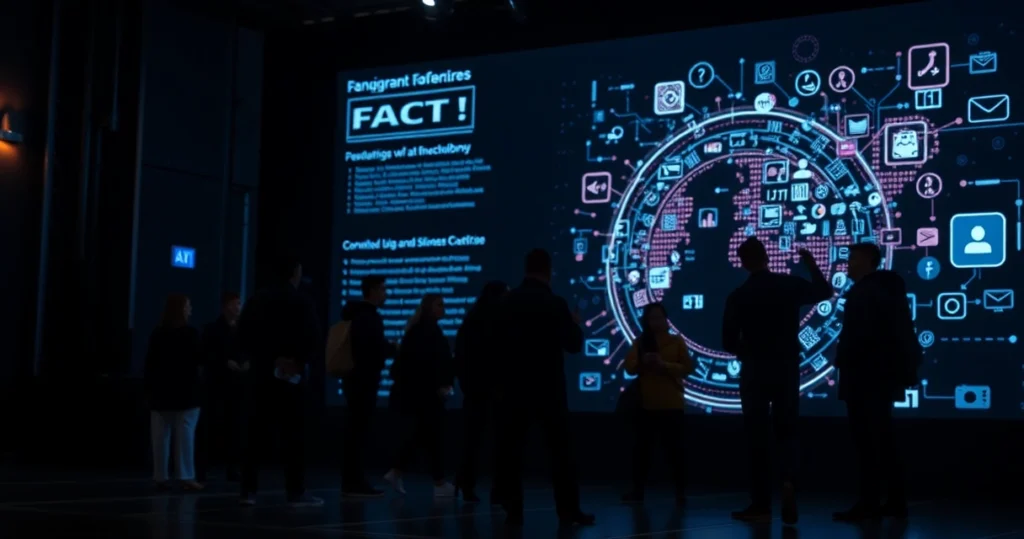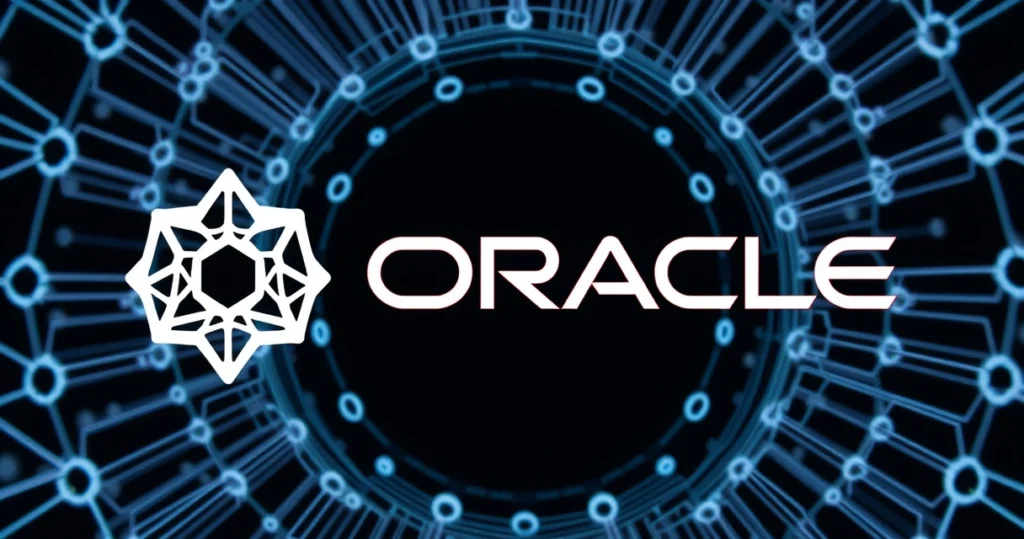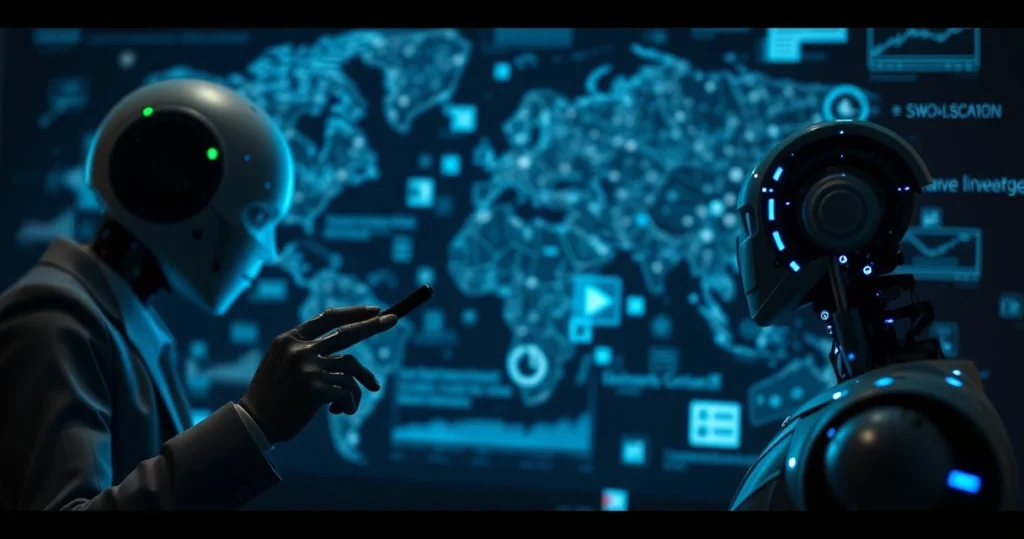Concerns Rise Over AI Fact-Checkers on X Fueling Conspiracy Theories
In an era where misinformation and conspiracy theories proliferate rapidly on social media, the recent decision by Elon Musk’s X platform to employ artificial intelligence (AI) chatbots for fact-checking has ignited significant concern. Former UK Minister Damian Collins voiced his apprehensions, suggesting that this move could inadvertently enhance the spread of lies and conspiracy theories. The platform plans to use large language models to draft community notes aimed at clarifying or correcting contentious posts, with users given the power to approve these notes before publication. This article delves into the implications of using AI fact-checkers, the potential for increased misinformation, and the broader impact on social media discourse.

The integration of AI into fact-checking processes raises fundamental questions about the reliability and accountability of information shared on social media platforms. With a growing audience relying on these platforms for news and information, the stakes are higher than ever. In this article, we will explore the concerns surrounding AI fact-checkers, the nature of conspiracy theories in the digital age, and the role of users and platforms in combating misinformation.
The Rise of AI in Social Media Fact-Checking
The rise of AI in various sectors has been transformative, but its application in social media fact-checking presents unique challenges. AI fact-checkers are designed to analyze vast amounts of data quickly, identifying falsehoods and providing context. However, the effectiveness of these systems depends on the quality of their training data and algorithms. If not carefully monitored, AI systems may inadvertently propagate misinformation rather than correct it.
Understanding Community Notes
Community notes are a feature on the X platform that allows users to contribute contextual information to posts flagged as controversial or misleading. Traditionally, these notes have been written by human contributors who can draw from their understanding and experience. The new approach, which involves AI drafting these notes, introduces a layer of complexity. While the intent is to enhance the accuracy and reliability of information, the risk of AI misinterpretation looms large.
The Role of User Approval
One of the safeguards in place with the new AI-driven community notes system is the requirement for user approval before publication. While this mechanism aims to empower users and ensure that only vetted information is shared, it also raises questions about the average user’s ability to discern credible information from potential misinformation. The effectiveness of this system hinges on the vigilance and knowledge of the user base.
The Implication of AI on Conspiracy Theories
Conspiracy theories have gained traction in recent years, often fueled by misinformation spread through social media platforms. The introduction of AI fact-checkers could either mitigate or exacerbate this phenomenon. On one hand, AI has the potential to quickly debunk false narratives. On the other hand, if AI fact-checkers misclassify or fail to adequately address certain issues, they may inadvertently lend credibility to conspiracy theories.
How Misinformation Spreads
Misinformation spreads rapidly on social media due to the platform’s design, which rewards engagement over accuracy. Algorithms prioritize content that generates clicks and reactions, often leading to sensational or misleading information being amplified. In this context, AI fact-checkers must navigate a delicate balance: they need to be both quick and accurate, a challenge that is not easily met.
Potential Risks of AI Misinterpretation
- Contextual Misunderstanding: AI may lack the nuanced understanding of context that human fact-checkers possess, leading to incorrect conclusions.
- Bias in Training Data: If the AI is trained on biased or incomplete data, its outputs may reflect those biases, perpetuating existing misinformation.
- User Manipulation: Users may intentionally misuse the AI-generated notes to promote their own narratives, further complicating the landscape of truth.
The Role of Human Oversight
Human oversight remains a critical component of effective fact-checking. While AI can process information quickly, human judgment is essential for understanding the complexities of language, culture, and context. The partnership between AI and human fact-checkers can potentially enhance the accuracy of information shared on social media platforms.
Training AI Effectively
To mitigate risks, it is essential to train AI systems with diverse, accurate, and context-rich datasets. Collaborating with experts in various fields can help ensure that AI fact-checkers are equipped to interpret information correctly. Transparency in the AI’s decision-making process is also crucial, allowing users to understand how conclusions are drawn.
Encouraging User Engagement
Encouraging users to engage with fact-checking processes can enhance the overall effectiveness of misinformation management. Users should be educated on how to critically evaluate information, recognize credible sources, and understand the limitations of AI fact-checkers. Providing resources and tools for users to verify information independently can empower them in the fight against misinformation.
Fostering a Culture of Truth on Social Media
The ultimate goal of any fact-checking system, whether human or AI-driven, should be to foster a culture of truth and transparency on social media platforms. This involves not only correcting misinformation but also promoting accurate, reliable information. Platforms like X must take responsibility for the content shared on their sites and work to create an environment that prioritizes factual accuracy.
Impact on User Trust
The implementation of AI fact-checkers can influence user trust significantly. If users perceive the fact-checking system as effective and reliable, they may be more likely to trust the platform and its content. Conversely, if the AI system is seen as flawed or biased, it could lead to distrust and skepticism about the information shared on the platform.
Collaborative Approaches to Misinformation
To combat misinformation effectively, a collaborative approach is required. This includes partnerships between social media platforms, fact-checking organizations, and academic institutions. By sharing knowledge and resources, these stakeholders can develop more effective strategies for identifying and addressing misinformation.
FAQ Section
1. What are AI fact-checkers?
AI fact-checkers are artificial intelligence systems designed to analyze information and determine its accuracy, often by comparing it against a database of verified facts.
2. How do AI fact-checkers work on social media platforms?
AI fact-checkers on social media platforms analyze posts and suggest corrections or clarifications, which users can then approve before publication.
3. What risks do AI fact-checkers pose regarding misinformation?
AI fact-checkers may misinterpret context, reflect biases from their training data, or be manipulated by users, potentially spreading misinformation rather than correcting it.
4. How can users engage with AI fact-checking processes?
Users can engage by actively reviewing and approving community notes, educating themselves on credible sources, and critically evaluating information before sharing it.
5. What role does human oversight play in AI fact-checking?
Human oversight is crucial for interpreting complex information that AI may not fully understand, ensuring that fact-checking processes are accurate and contextually appropriate.
Conclusion
The decision by X to utilize AI fact-checkers in drafting community notes marks a significant shift in how misinformation is managed on social media. While there is potential for AI to enhance the accuracy of information shared, the risks associated with misinterpretation and bias must be carefully navigated. The collaboration between AI and human oversight, alongside user education and engagement, is vital in fostering a more truthful online environment. As we move forward, the challenge remains to balance the efficiency of AI with the critical thinking and nuanced understanding that only humans can provide. Ultimately, the goal should be to create a culture of accountability and truthfulness in the digital landscape, ensuring that misinformation and conspiracy theories do not find fertile ground to thrive.
📰 Original Source
Este artigo foi baseado em informações de: https://www.theguardian.com/technology/2025/jul/02/fears-ai-factcheckers-on-x-could-increase-promotion-of-conspiracy-theories



